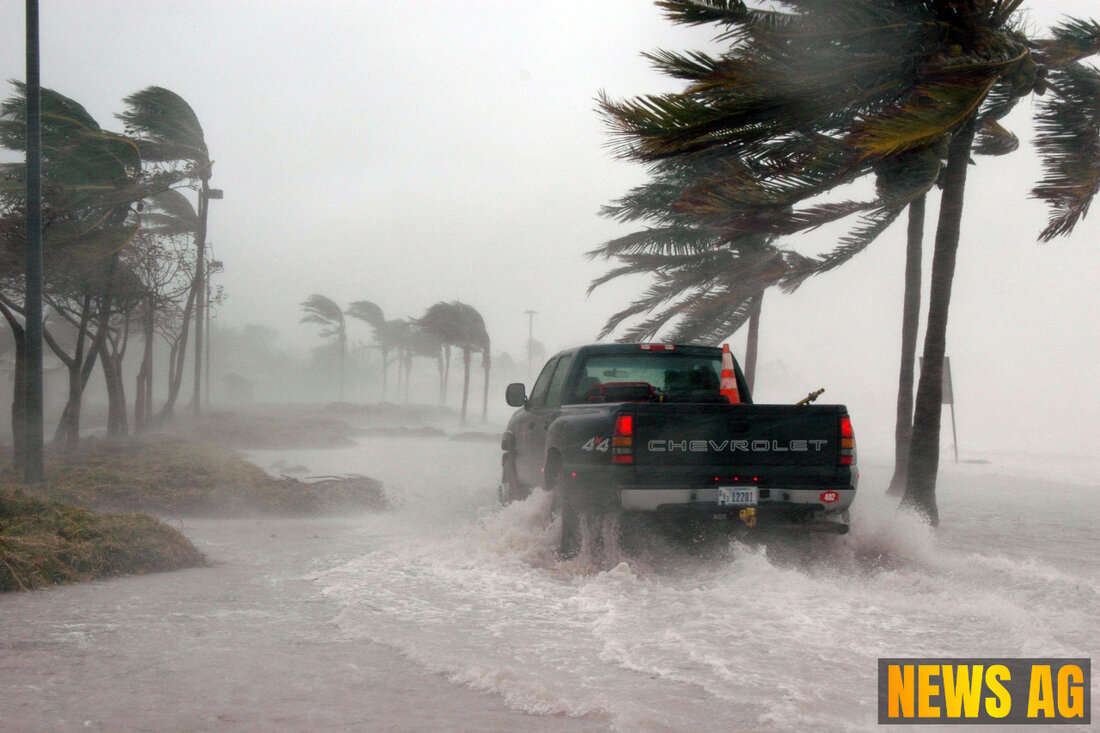Record Surge in Sea Turtle Nests Celebrates Conservation Success in Florida
Discover the latest updates on sea turtle nesting in Charlotte County as conservation efforts yield record numbers amidst challenges.

Record Surge in Sea Turtle Nests Celebrates Conservation Success in Florida
As summer heads into its final stretch, Florida’s beaches are once again bustling, not just with beachgoers but with remarkable sea turtle activity. The current nesting season, which runs from May 1 to October 31, has been met with a mix of triumphs and challenges along the coastline. Florida Weekly reports that experts have documented a notable increase in turtle nests this year. In Collier County alone, the nests have surged to 1,926, compared to just 1,606 at the same period last year, showcasing the successful impact of ongoing conservation efforts.
Mary Toro, an environmental specialist for Collier County, takes pride in the nearly 500 nests recorded on Keewaydin Island, a significant rise from the 378 nests found last year. The beaches of Vanderbilt have even welcomed rare leatherback turtle nests, while green turtles have chosen Naples, Parkshore, and Barefoot Beach as their laying grounds. Loggerhead turtles still dominate South Florida’s shores, but the emergence of other species certainly calls for a celebration among environmentalists.
Nesting Statistics and Regional Diversity
The historical trends are equally encouraging, as data shows a remarkable increase in nesting since 2005, when just 444 nests were counted for the entire season. There’s something to be said for the resilience of these turtles and the ongoing conservation efforts that have produced such positive results.
Not all reports from the coastline reveal pure joy, though. In Lee County, for instance, Bonita Beach has seen 162 nests, up from 127 last year, and Fort Myers Beach is not far behind with 102 nests, a slight increase from 100. However, the area grapples with challenges, including a beach renourishment project that has caused some nests to be relocated and a notable spike in false crawls, with 373 reported on Bonita Beach and 301 on Fort Myers Beach.
Sanibel and Captiva Islands have joined the party with 809 nests recorded, alongside three green turtles. Meanwhile, Charlotte County leads the way with a staggering 4,095 loggerhead nests, 451 green nests, and one Kemp’s Ridley nest, although it is not without its own troubles, facing storms and illegal vehicles threatening these precious nesting sites. On the other hand, Palm Beach County seems to be enjoying a fantastic nesting year, boasting over 13,500 nests, including 3,000 attributed to green turtles.
Environmental Conditions and Hatchling Success
Weather conditions play a pivotal role in the success of hatchlings. This season, disorientation rates for hatchlings are lower compared to last year, when Hurricane Ian’s impact on the dunes caused increased confusion among young turtles. However, David Anderson from the Gumbo Limbo Nature Center has reported that high temperatures have dampened hatchling success, calling attention to the ways climate change could pose threats to Florida’s marine wildlife.
The dynamism in sea turtle populations is not merely a local phenomenon; while conservation successes in Florida set an impressive example, wider studies highlight the continuous challenges that marine turtles face globally. Reports from various researchers like Fuentes et al. (2023) stress the importance of acknowledging threats such as habitat loss and climate change, which can hinder even the best conservation strategies. Historical overfishing, coastal ecosystem collapse, and an increase in nests lost to natural elements highlight the ongoing battle that these resilient animals face.
As the turtle nesting season continues to unfold, it serves as a reminder of the importance of protecting these majestic creatures and their habitats. Observers on Florida’s shores can play a crucial role—by respecting nesting sites, staying informed, and advocating for continued conservation efforts. What happens in our waters today could very well shape the future of these iconic species. So, let’s keep a keen eye and a willing hand in ensuring their survival for generations to come.

 Suche
Suche
 Mein Konto
Mein Konto